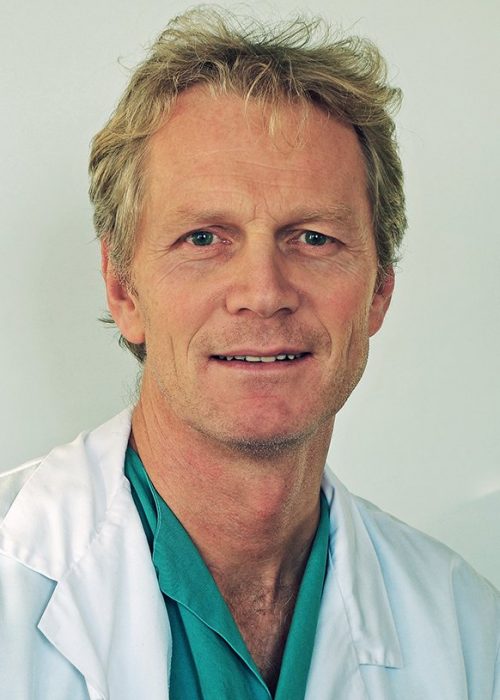About the group
Aortic stenosis is the most common valvular lesion in the western world. In patients with aortic stenosis, excessive myocardial remodeling (hypertrophy, fibrosis and expression of fetal genes) leads to increased operative risk during aortic valve replacement (AVR). There is currently no effective treatment for postoperative low-output syndrome due to diastolic dysfunction, making this a major challenge in cardiac surgery. Incomplete reverse remodeling after AVR for aortic stenosis is associated with persisting symptoms and increased mortality. Hence, studies addressing myocardial remodeling and reverse myocardial remodeling are warranted.
We have established a mouse model of reversible left ventricular pressure overload mimicking AVR for aortic stenosis and found novel extracellular matrix (ECM) changes during reverse remodeling. To extend these findings we have planned further studies including a “loss of function” approach.
We will use a genetically modified mice to examine the importance of specific extracellular matrix constituents in remodeling and reverse remodeling after relief of pressure overload.
Specifically we want to reveal the importance of the SMAD signalling system in pressure overload. We have found that inhibition of SMAD2 by a small peptide inhibitor (SM16) improves cardiac function, possibly due to effects on SERCA2 and intracellular calcium handling.
Moreover, we have recently focused on the role of proteoglycans (especially lumican and fibromodulin) in myocardial remodeling and function, and their role in whether a pressure overloaded or ischemic heart is transformed from compensated to decompensated heart failure.
Professor Theis Tønnessen is group leader of this associated group.


